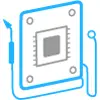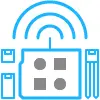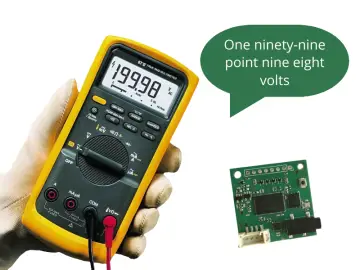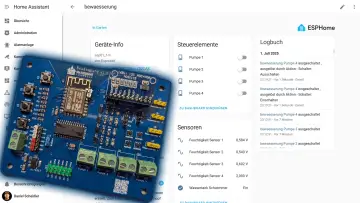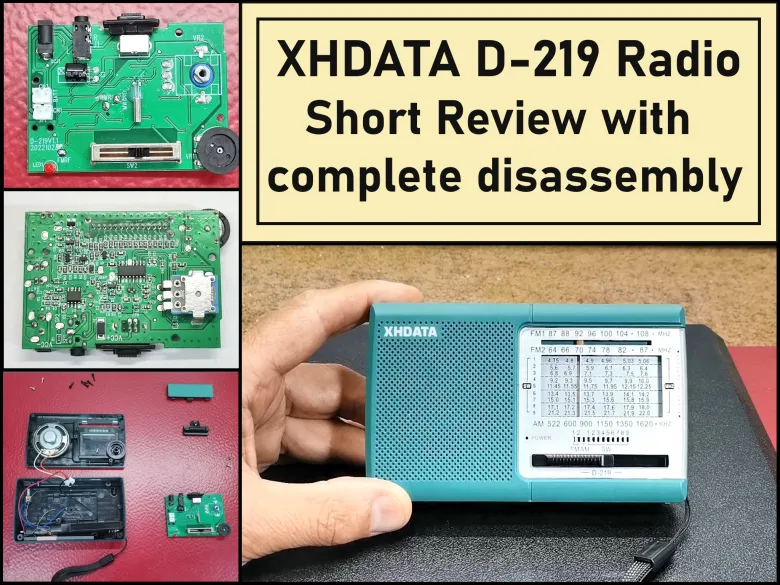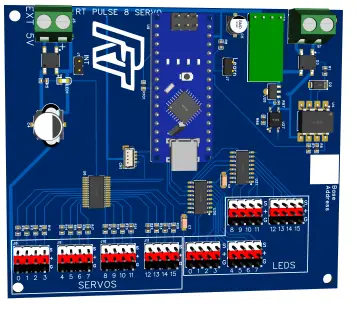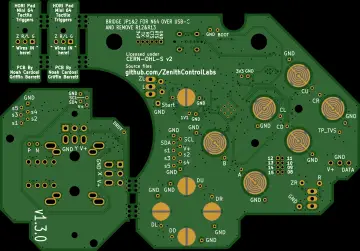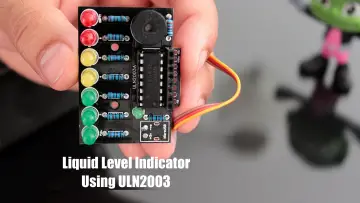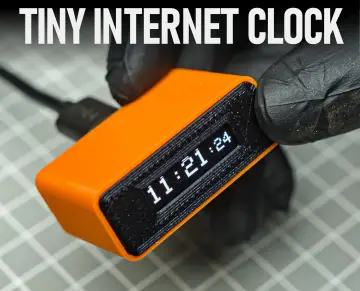Story
Some time ago I received an offer from XHDATA to be one of the first test users of their new radio model D219 as their regular user. Otherwise, I have previously purchased almost all of their radio models. First of all, let me tell you that I was pleasantly surprised by the offer because the email did not mention any advertising request or other obligation. And for that very reason I decided to do a short (and in my opinion realistic) review in terms of features and price.
Detailed video description at:
My radio arrived today, nicely packaged and protected from any possible damage during transport.
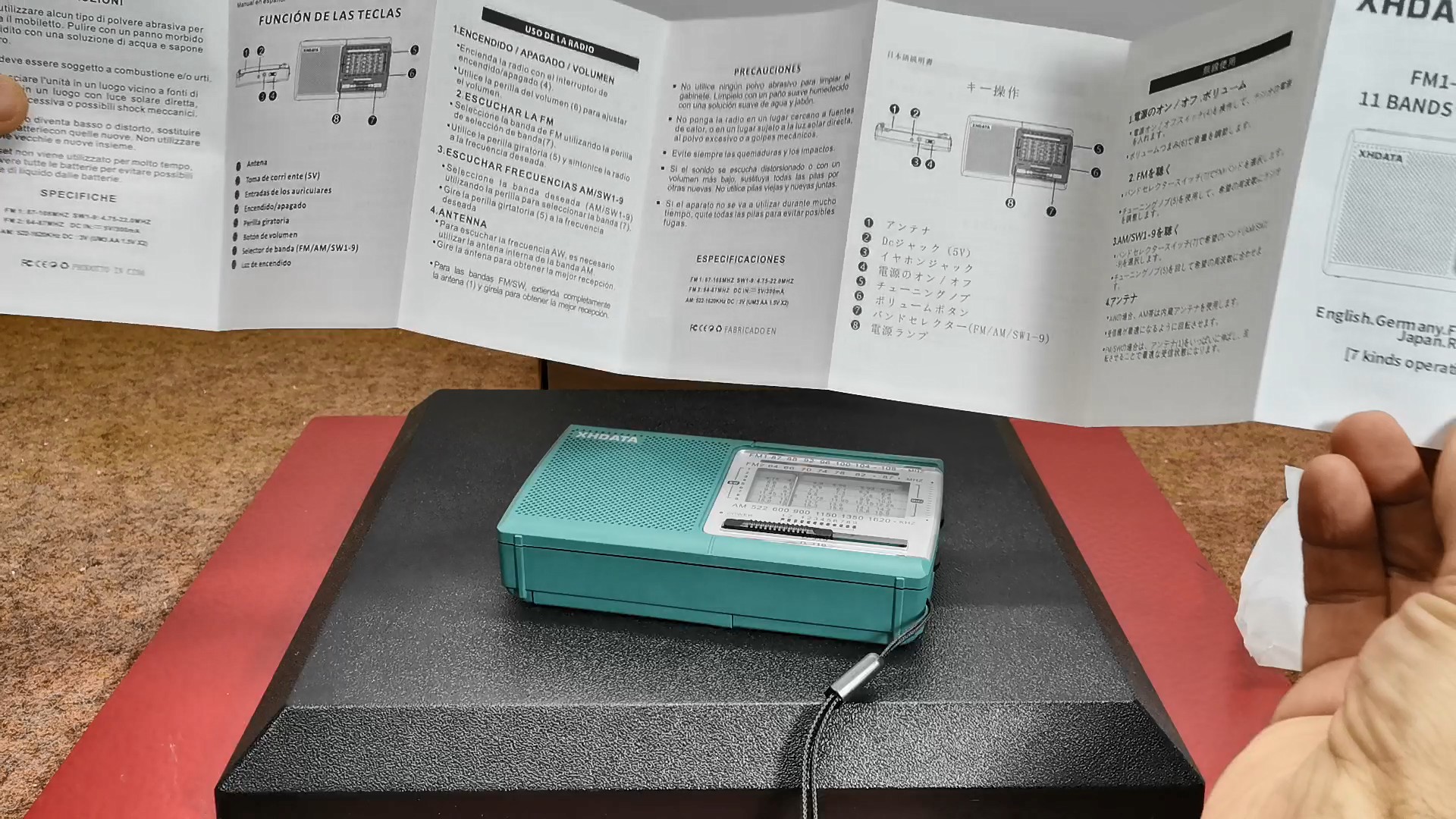
The box contains the radio and a user manual in multiple languages. This is a new limited edition of this model in matte colors specifically grayish white and malachite green like my sample. It is immediately noticeable that the radio, at least for now, is solidly made externally. On the front side there is a speaker, AM and FM scale, Power LED and Band switch.
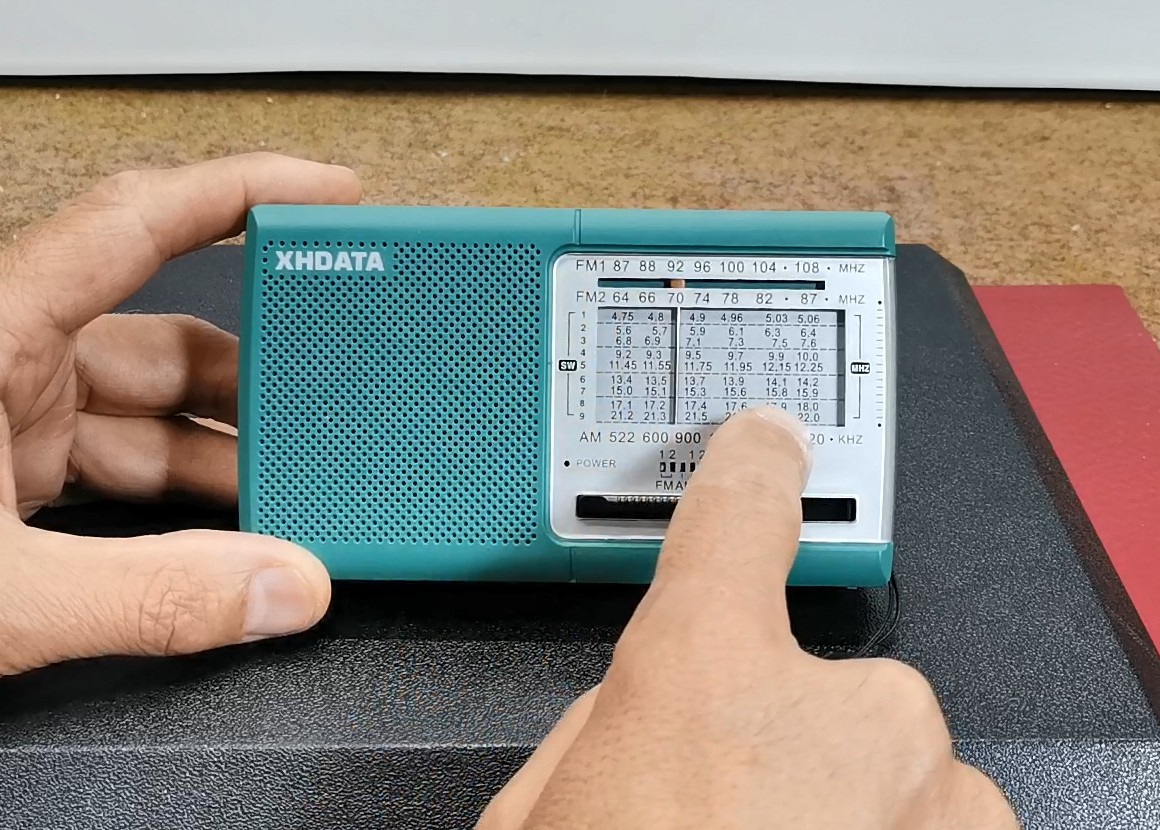
Both scales are clear with precisely printed readable font. The switch has 12 positions for selecting Band and moves easily with an audible click at each new position. Two dials are placed on the side, one for tuning and the other smaller for volume control.
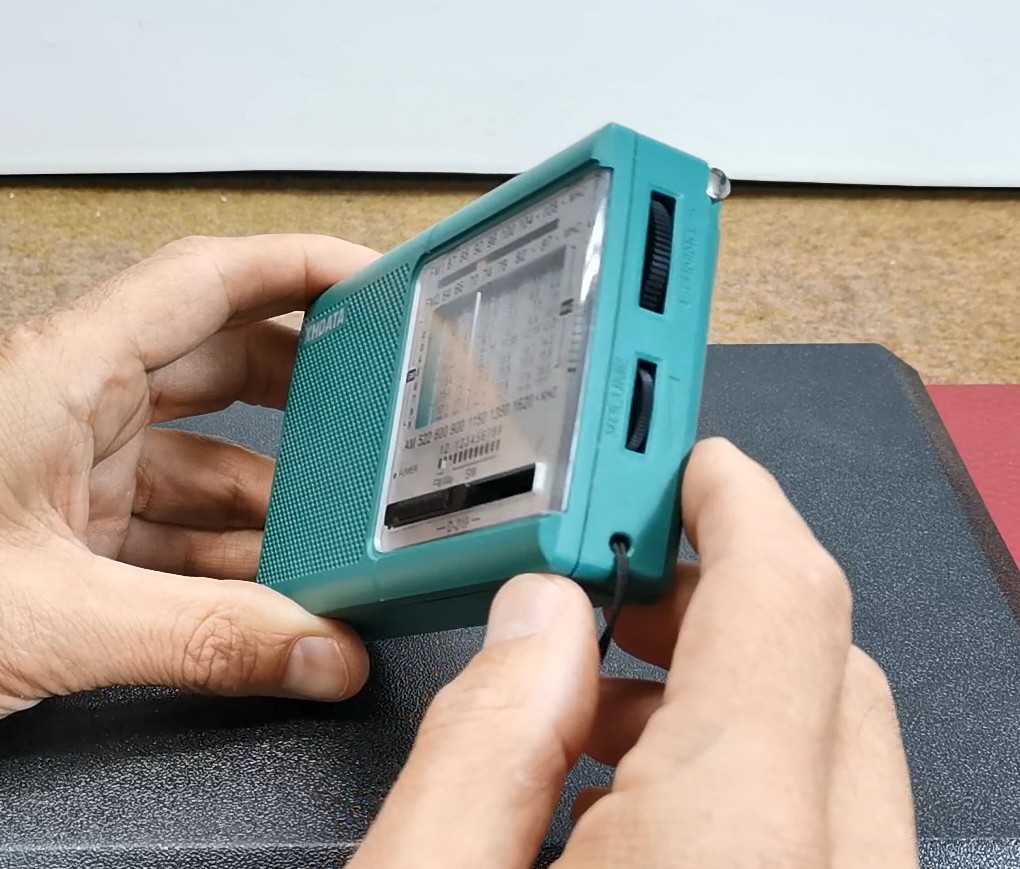
On the top side there is an On-OFF switch, a headphone jack, as well as an external 5-volt power supply. Also on the side there is a large telescopic antenna with a length of 55 cm for better reception.

On the back there is a bracket for support and a space for batteries. The device works with two 1.5 Volt AA batteries, and this is perhaps the only small complaint, because for a price slightly lower than the 20 dollars total this receiver costs, it could have contained a lithium battery.
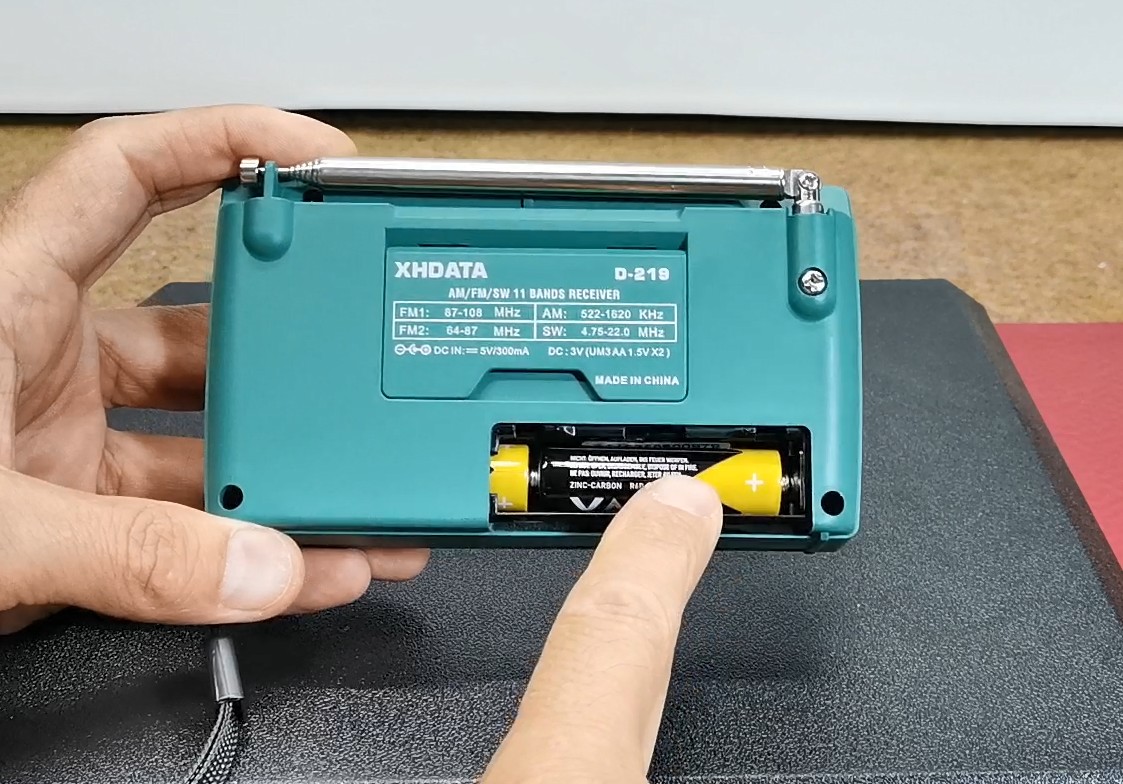
In general, at least externally, the radio is made in a retro style with mechanical dials and switches, and finally the power supply is in the same style, with standard batteries. Otherwise, I am a big fan and supporter of this style.
Now let's see how the radio works in real conditions. First, I will test the FM band. The reception of all local stations is excellent, the sound is clear and at maximum level there is no audible distortion. The maximum sound is surprisingly loud and sufficient for listening in a large room.
As for the SW and MW reception, it is known that it depends a lot on the propagation conditions, but I will still try to receive stations with this small telescopic antenna. I was positively surprised by the reception of SW radio stations at night, and especially the MW reception, which, thanks to the relatively large ferrite antenna, is excellent.
Unlike the exterior, at least according to the advertisements, the interior contains a modern DSP chip. To verify this claim, I decided to open it up and take a look at what the interior is made of.
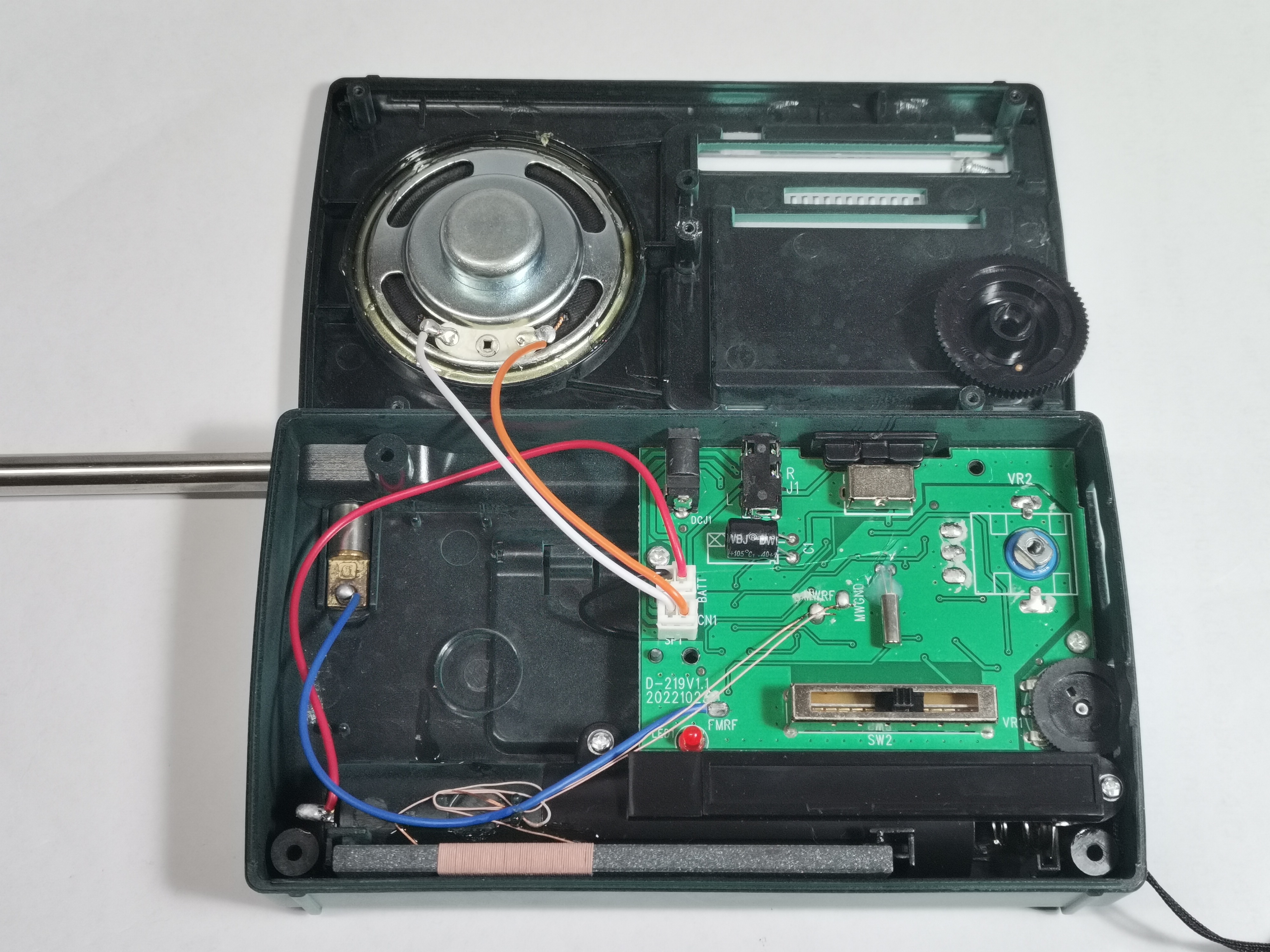
After opening the lid, a large speaker with a diameter of 5cm immediately catches the eye, which is actually the reason for the clean, voluminous sound.
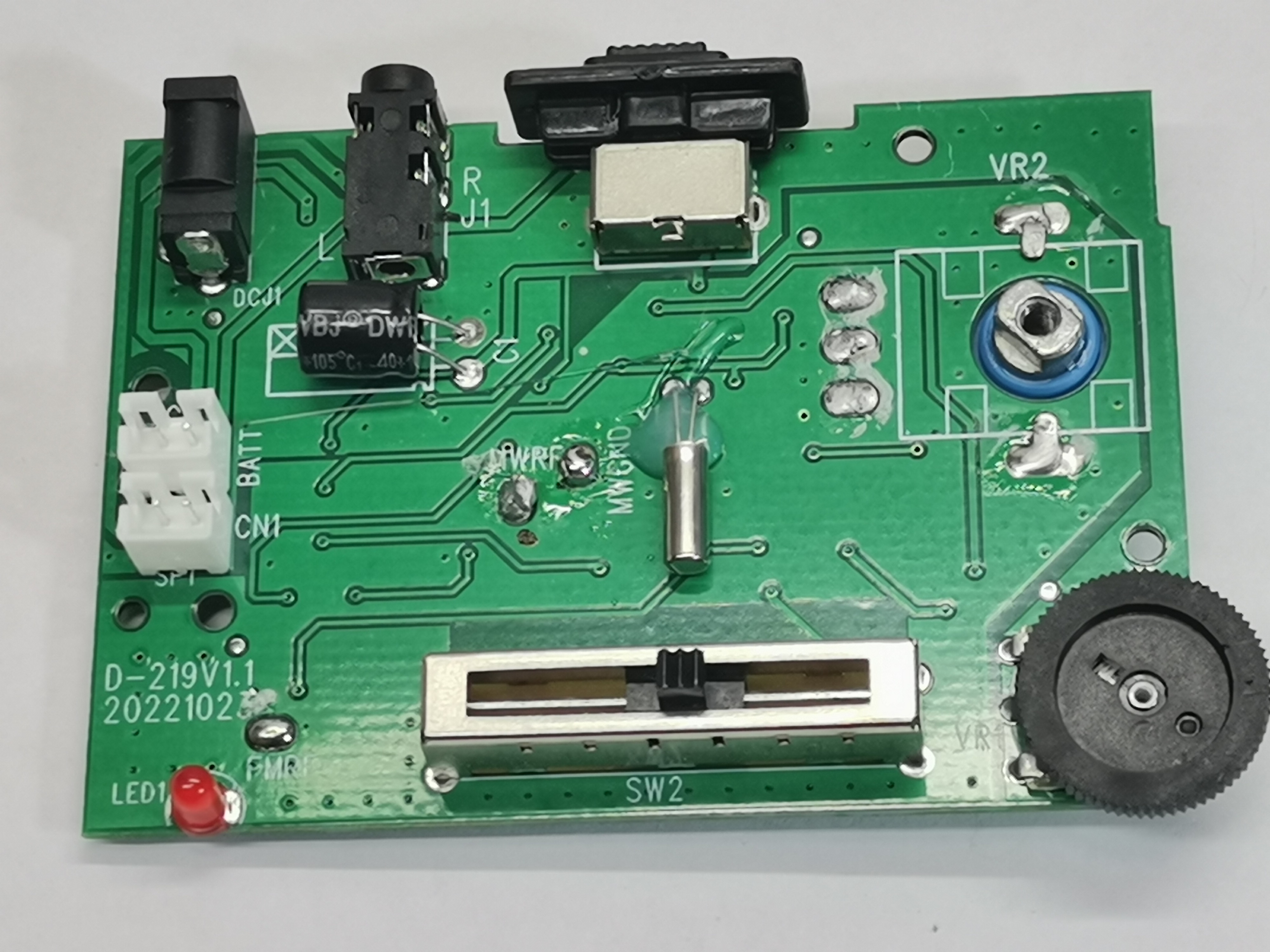
Here is the main PCB with speaker and a battery connectors, then a large ferrite antenna for Medium Wave, potentiometers for selecting stations and volume, as well as switches. Let's see what is on the other side of the PCB.
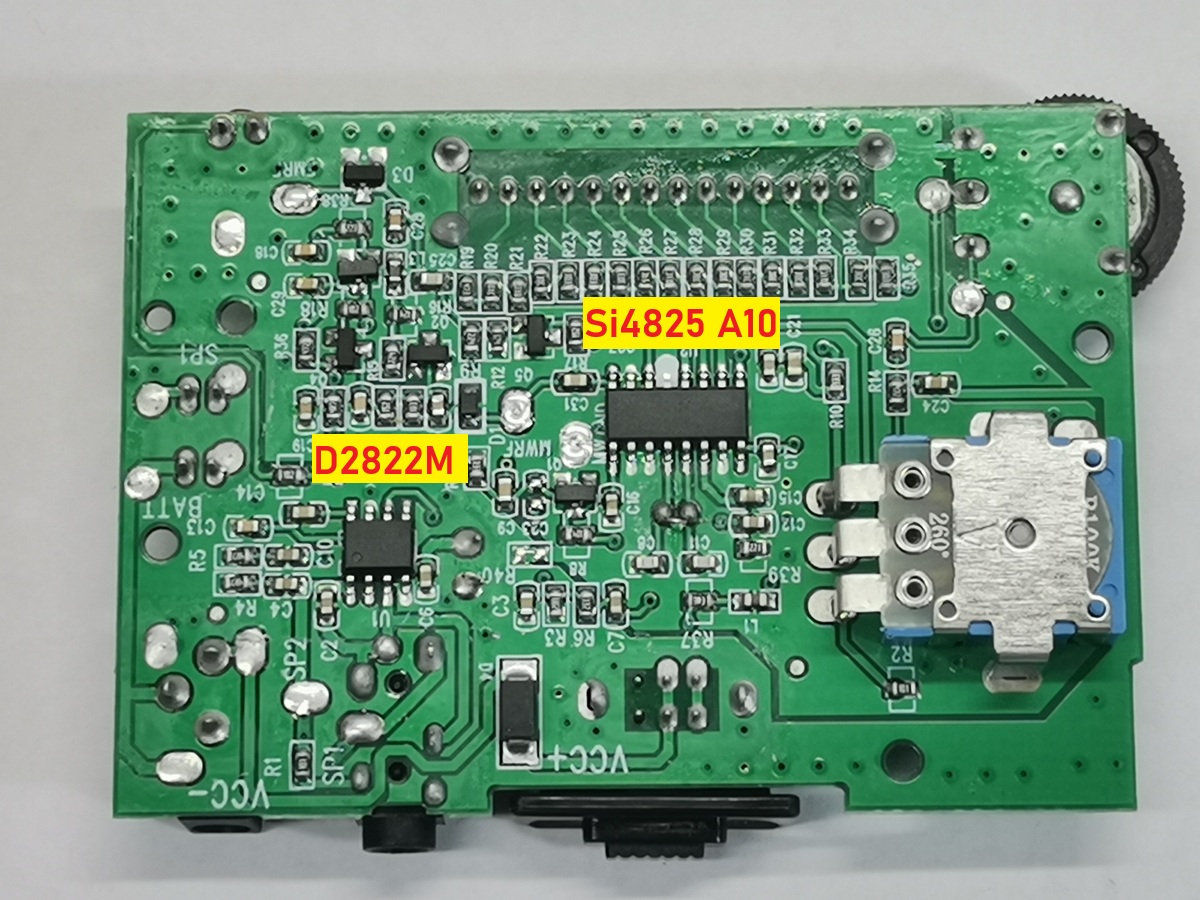
To get the PCB out I had to unsolder the antenna and the wires from the ferrite core coil. On the back of the PCB board are two SMD chips and the accompanying passive and active components. This is the well-known Si4825 A10 from Skyworks which is defined as a "broadcast mechanical tuning AM/FM/SW radio receiver". In one of my previous videos you can see how I made a radio receiver with this radio chip.

The smaller chip is the D2822M which is actually a Stereo audio amplifier, in this particular case connected in a mono bridge circuit for higher output power.
And finally, a short conclusion. This is a great cheap portable radio. The price without postage directly from the manufacturer is about 10 Dollars. You probably can't find a cheaper radio on the market than this with similar features.



